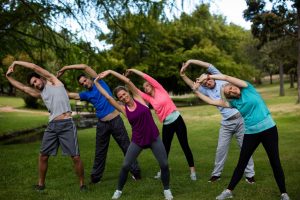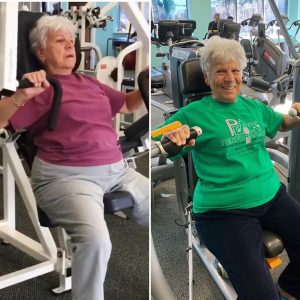When walking into the arena to begin exercise, whether that arena is in the gym or the great outdoors, it is important that you set the tone for the day. Your workout needs to begin with a warm-up that compliments the intensity of your exercise. The greatest threat to performance is the lack of preparation or a poor warm-up routine. When going for a run or walk many people have a routine before they begin exercise: whether that routine is swinging their legs back and forth to create motion around the hips or twisting to the left and right to loosen up their lower back: Whatever it may be, are you consciously thinking about the activity you are about to engage in, the intensity you are about to give, the time in which you plan on exercising for and the current injuries or ailments you are battling at the time? So much goes in to planning a workout therefore it is essential that equal thought is placed on planning your warm-up resulting in ultimately crushing your planned workout while minimizing injury or local muscle fatigue.

A large part of a dynamic warm-up is neurological in the sense that you are making a mind-to-muscle connection. The dynamic warm-up gives your body ample time to understand and process the stress you are about to place on your body so it can respond with the correct rate of force by recruiting select muscle fibers. Take the guessing out of the equation and allow your body to go through a 15 minute dynamic warm-up to maximize efficiency. If you’re going for a run ask yourself, what specific deficits do i have? When you go for a run do you start to develop tightness around the ankles? Adding in some ankle mobility would be a good idea with the objective to loosen up the ankles and get them tracking properly to disperse energy into the appropriate areas via tendons and ligaments. Try performing walking heel raises to improve the elasticity in your calves, butt kicks to wake up the hamstrings, or work on mobility with deep squats to open the ankles and hips.
Everyone’s warm-up will be different and tailored to their specific needs required for the workout. Setting the tone with dynamic stretching will help prevent injuries and keep your body working at maximal efficiency.
-Brandon Ayala, CSCS









